
Opaska z tkaniny, która utrzymuje zwinięty zwój Tory, gdy nie jest czytany.

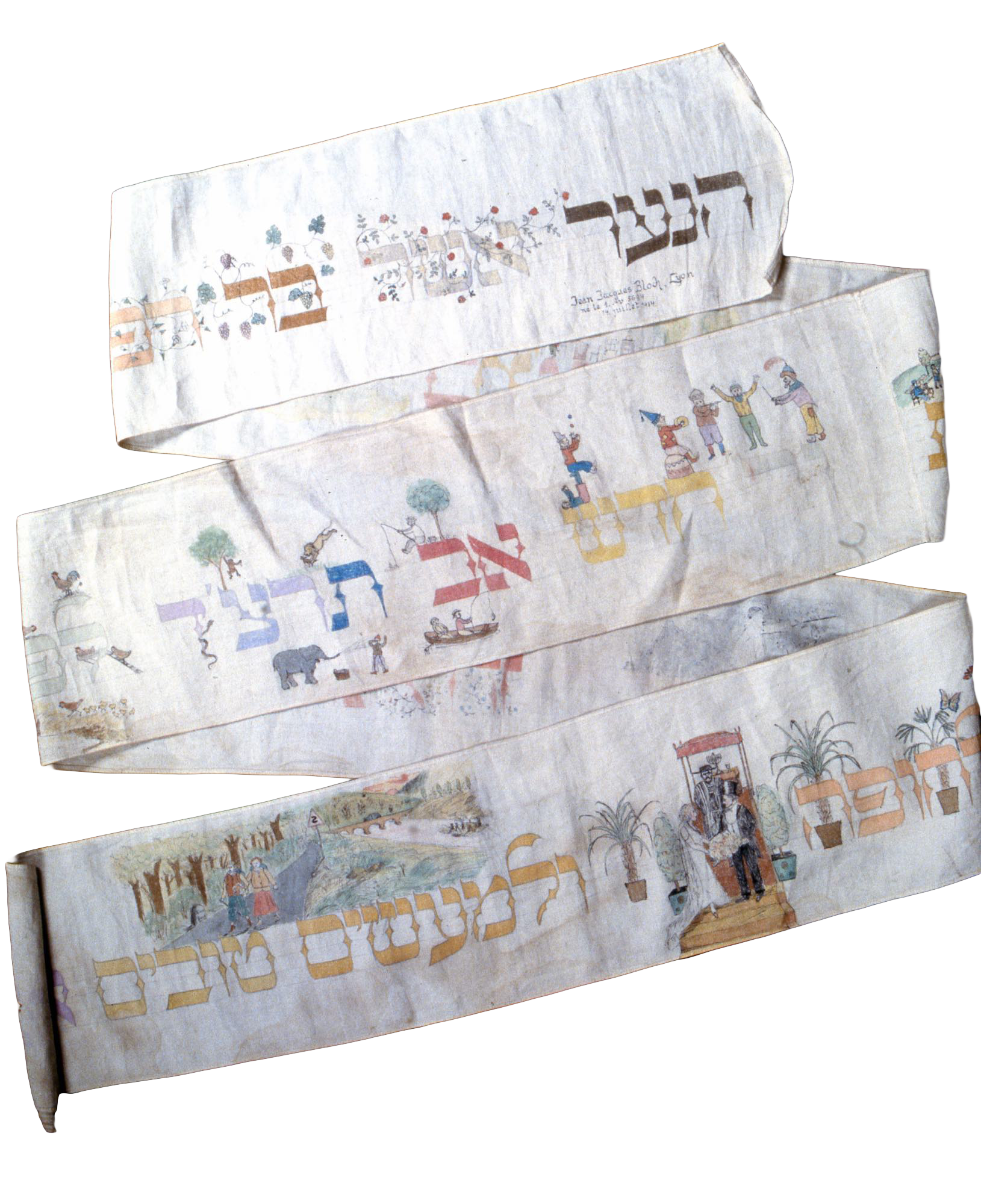
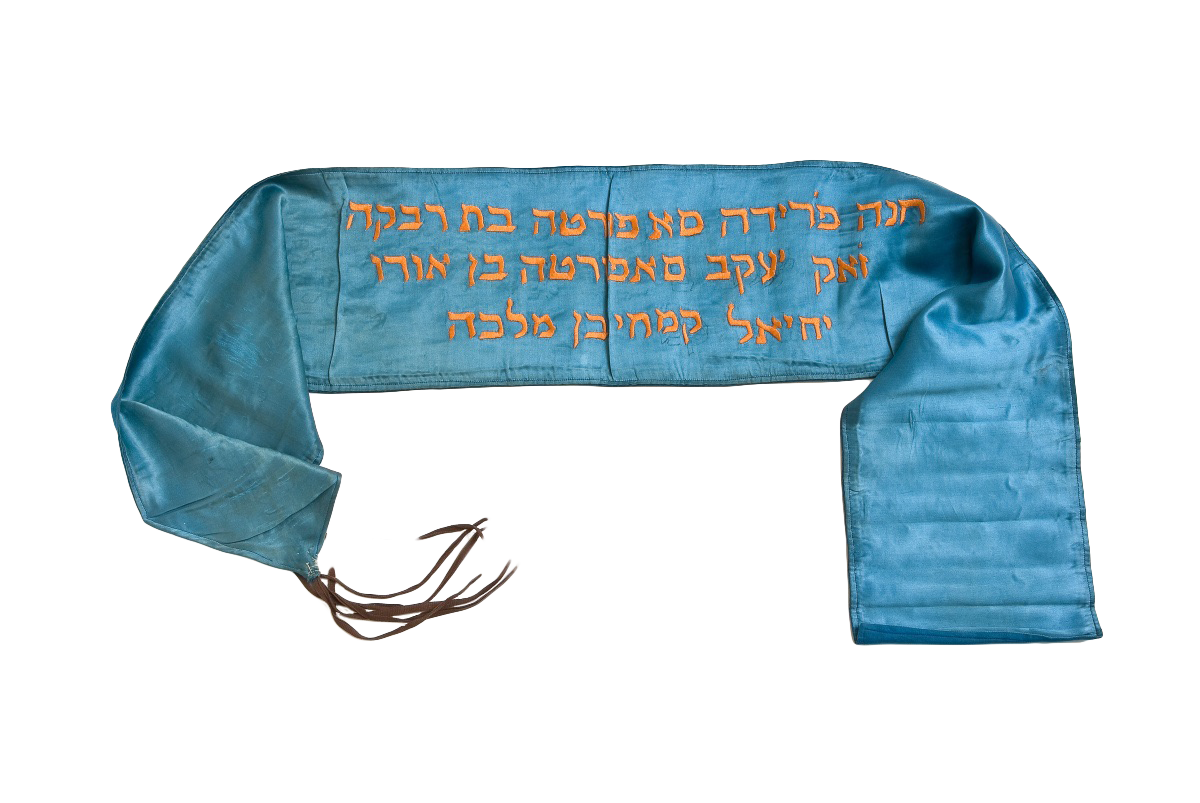
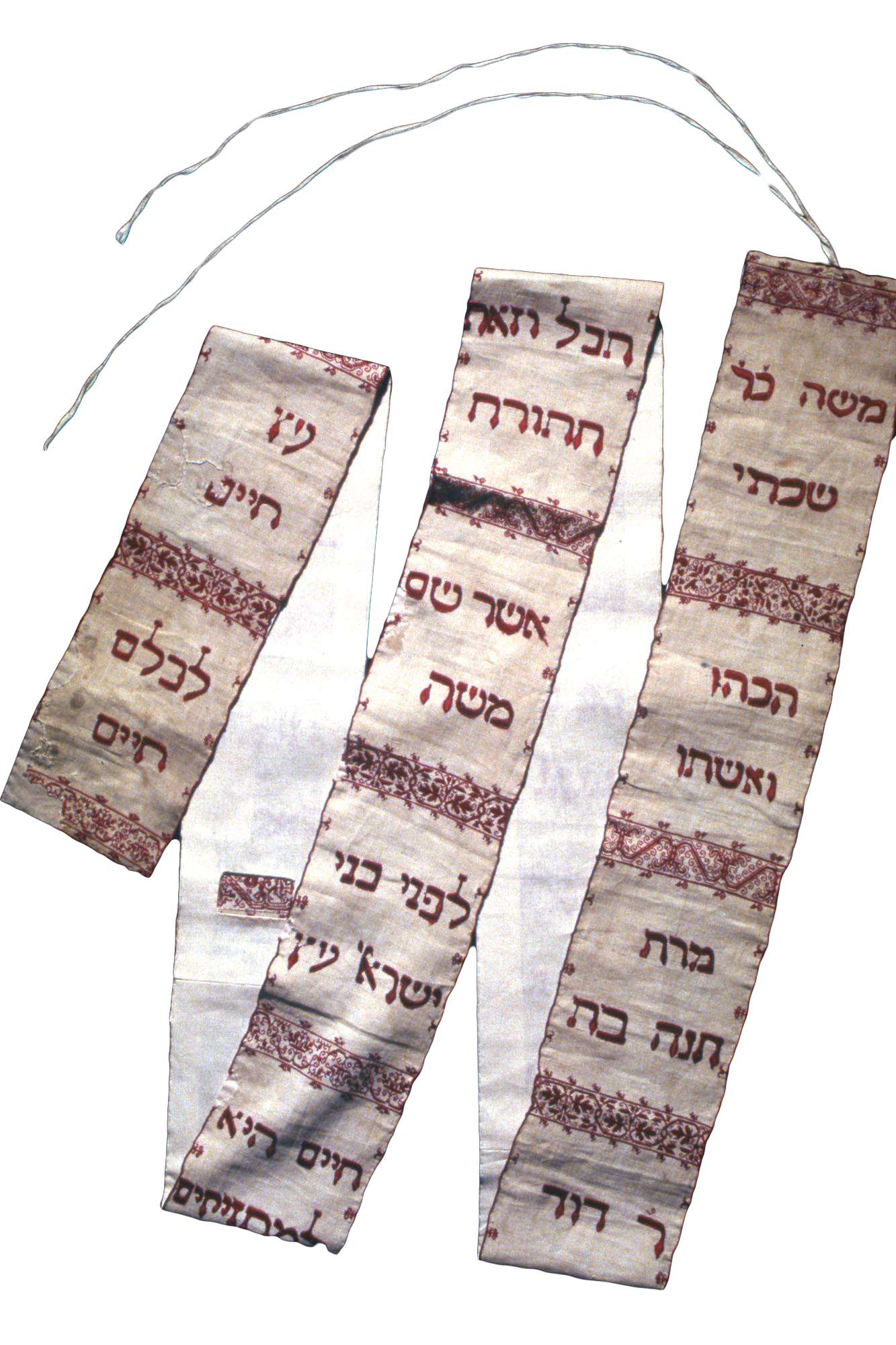
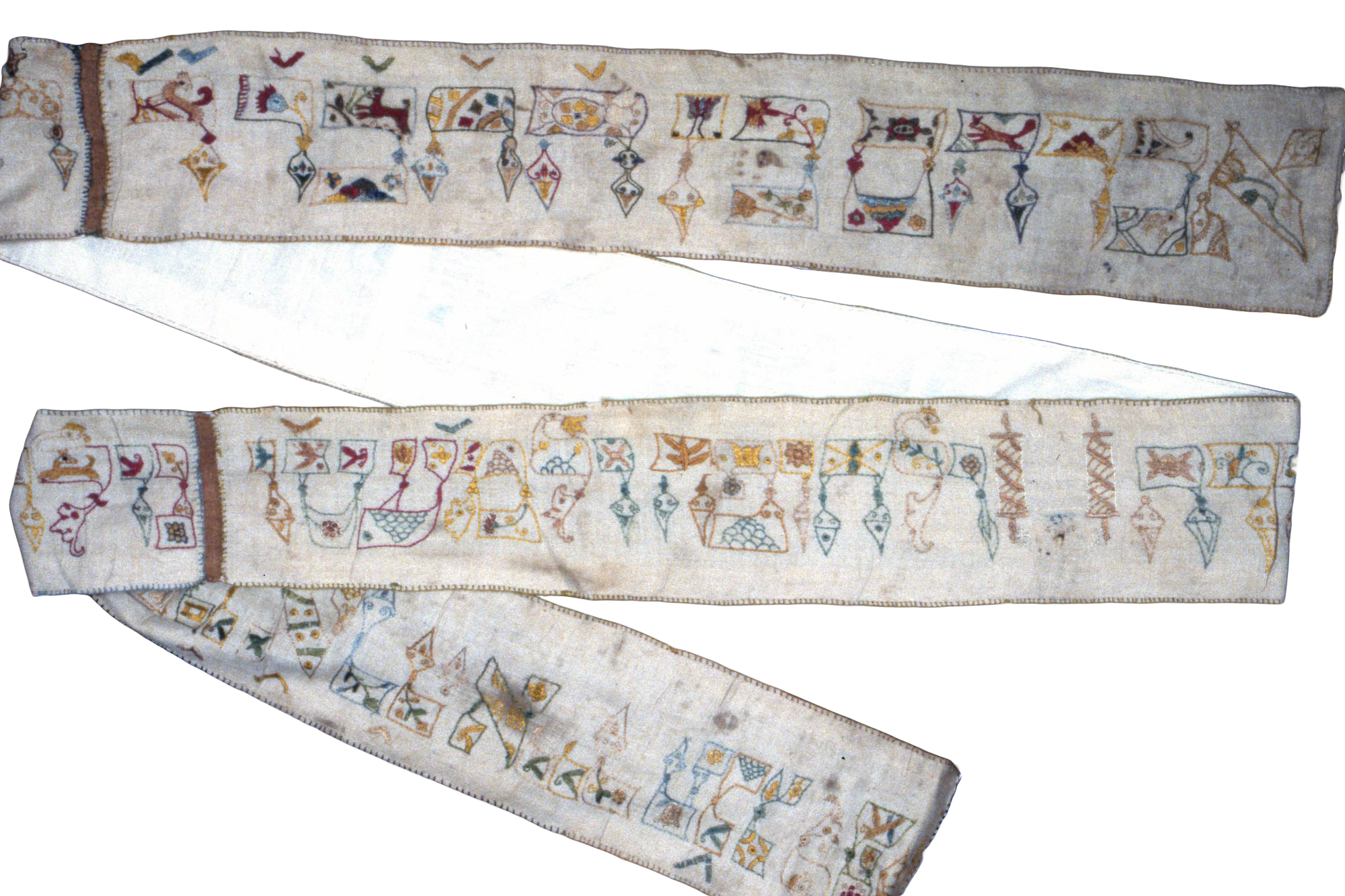

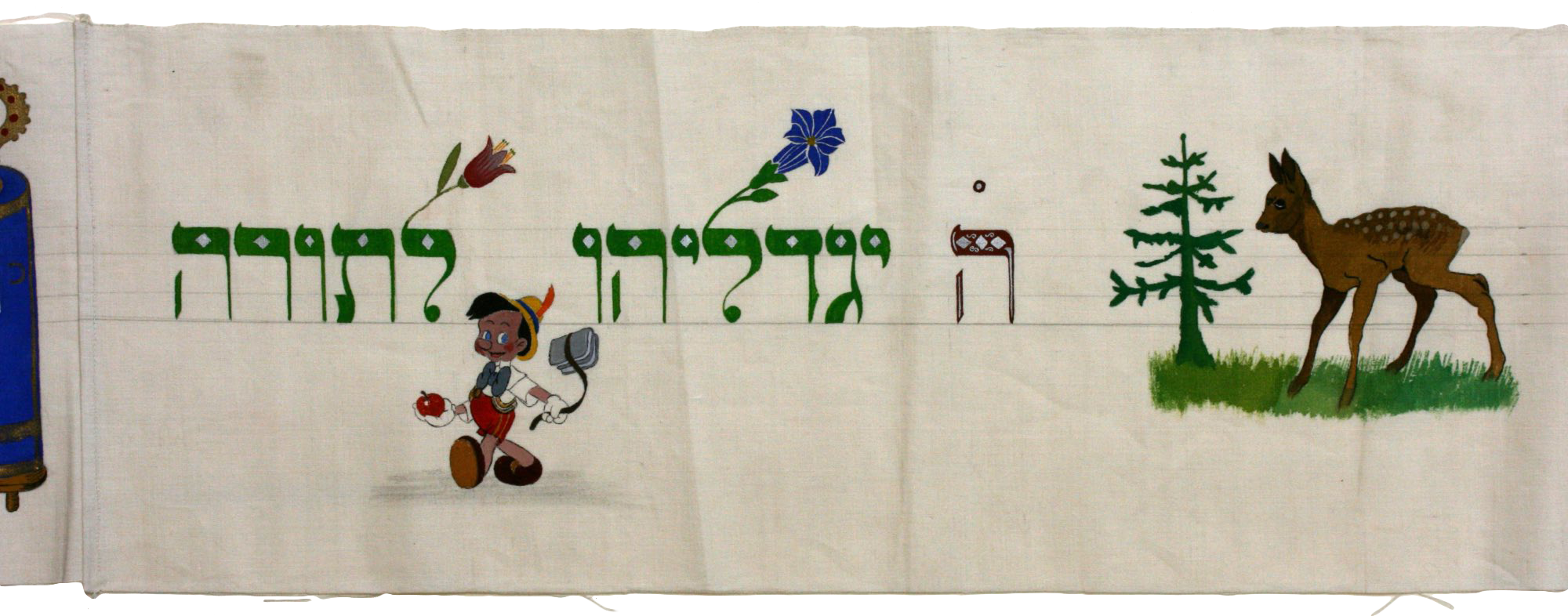
Opaska na Torę różni się w zależności od lokalnej tradycji. W społecznościach z terenów Niemiec może być określana jako powijak (Niem. wimpel) i jest wykonana z materiału, którym owija się dziecko podczas obrzezania. W innych społecznościach jest wykonany z innej tkaniny i nosi nazwę „ma(p)pa”, „awnet” lub „fasza”. W społecznościach Romaniot jest to prostokątna, zdobiona owijka z pętlami do zawieszania na górnej krawędzi, służąca do trwałego przykrycia futerałów na Torę. Społeczności Romaniot w Grecji zarówno owijki na futerały Tory, jak i przykrycie pulpitu dla czytającego określały jako „ma(p)pa”. W sefardyjskiej literaturze rabinicznej owijki, powijaki i płaszcze na Torę były znane pod ogólnym terminem „ma(p)pa”, co czasami utrudnia określenie, o jakim przedmiocie jest mowa: o owijce, powijaku, czy sukience.
“Birth Certificates in Cloth: Ritual Textiles for the Jewish Life Cycle”, by the Magnes Collection of Jewish Art and Life.
Doleželová, Jana. “Torah Binders from Four Centuries at the State Jewish Museum in Prague.” Judaica Bohemiae, vol. IX, no. 2, 1973, pp. 55-71.
Doleželová, Jana. “Binders and Festive Covers from the Collections of the State Jewish Museum in Prague: New Knowledge and their Wider Significance.” Judaica Bohemiae, vol. X, no. 2, 1974, pp. 91-104.
Eis, Ruth. Torah Binders of the Judah Magnes Museum. Berkeley: Judah L. Magnes Museum, 1979.
Feuchtwanger, Naomi. “The Danish Torah Binders.” Jewish Art in Denmark: Jews in Danish Art, edited by Mirjam Gelfer Jørgensen, Copenhagen: Rhodos, 1999, pp. 362-411.
Hamburger, Binyomin Shlomo. Shorashei Minhag Ashkenaz [Minhag Ashkenaz: Sources and Roots]. B’nai Brak: Machon Moreshes Ashkenaz, the Institute for German-Jewish Heritage, 2000), pp. 322- 604.
Kirshenblatt-Gimblett, Barbara. “The Cut That Binds: The Western Ashkenazic Torah Binder as Nexus between Circumcision and Torah.” Celebration: Studies in Festivity and Ritual, edited by Victor W. Turner, Washington, D.C.: Smithsonian Institution Press, 1982, pp. 136-46.
Pierret, Philippe. “Les Mappoth de la Communauté juive d’Arlon: Un Patrimoine Textile Méconnu.” Les Cahiers de la Mémoire Contemporaine. Bijdragen tot de Eigentijdse Herinnering, vol. 5, 2004, pp. 133-50.
Veselská, Dana, editor. May God Let Him Grow. A Child’s Birth in the Culture and Customs of Bohemian and Moravian Jews. Prague: Jewish Museum in Prague, 2009.
Weber, Annette, et al., editors. Mappot … blessed be who comes: The Band of Jewish Tradition. Mappot … Gesegnet, der da kommt: Das Band Jüdischer Tradition. Munich: Prähistorische Staatssammlung München, 1997.
Weyl, Robert, and Freddy Raphaël, “Les Mappot d’Alsace.” Ethnologie française, vol. 11, no. 3, July-September 1981, pp. 233-238.
Yaniv, Bracha. “The Torah Wrapper and the Torah Binder.” Ceremonial Synagogue Textiles: From Ashkenazi, Sephardi, and Italian Communities, Liverpool: Liverpool University Press, 2019, pp. 85-126.
Wybierz język